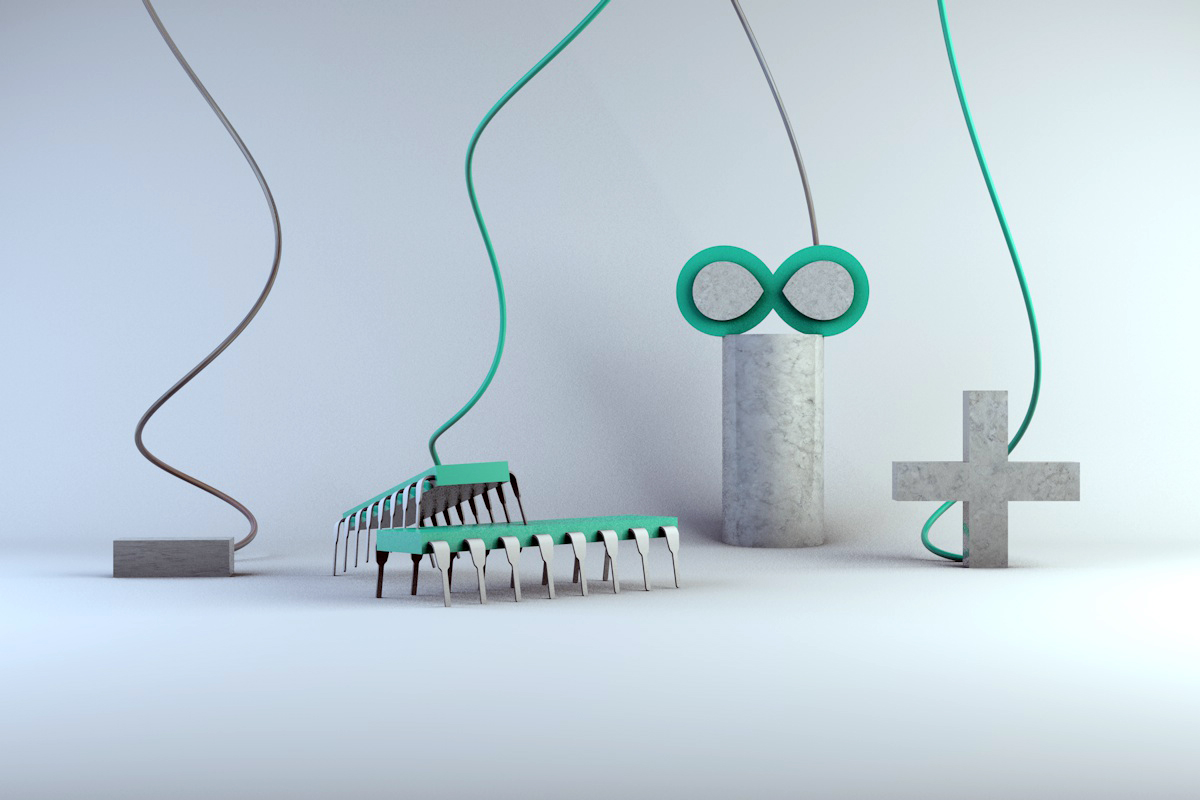Apr 27, 2016
Interview: The Evolution of the Internet of Things with David Cuartielles, Co-founder of Arduino

We had the pleasure of interviewing David Cuartielles (Co-founder of Arduino, leader of the Prototyping Laboratory at K3 and teacher of interactive technologies at Malmö University, Sweden) at the Maker Faire in Barcelona this February.
Our intention was to ask David how to face an Internet of Things project, unsuitable techniques, difficulties of the business models, data protocols and the problem of standardization of APIs.
1. Is there an organization that is carrying out a standardization process of APIs and the communication protocol of the Internet of Things?
To begin with, there is a difference between the world of makers in loT and the industrial or engineering world. In other fields the maker culture has been able to jump into the industrial version, in loT it's a lot more complicated because a big investment in infrastructure is required.
One of the problems of IoT is that a really useful application hasn't yet been found. Who wants to have a fridge that tells you that you need milk?
I worked on a European investigation project in which we designed a connected kitchen. We hacked electro domestic products and connected them to the internet through circuits made for us by Arduino LLC. When we finished the project we invited people from the electro domestic companies to come and see them. Someone from Electrolux told us that they weren't interested in IoT because 30 years ago they had experimented with connected kitchens and they thought that the market wasn’t ready, or willing to pay extra for electro domestic products with internet connections.
One of the problems of IoT is that a really useful application hasn't yet been found. Who wants to have a fridge that tells you that you need milk? However, there are some home devices that have been very successful like Nest thermostats or Point fire alarms; but these are dedicated to monitoring.
Regarding standardization, the problem is that there are a series of large long-standing organizations held back by inertia and a series of small businesses with good ideas, between them it is hard to find a meeting point. This has generated friction and different approaches to the problem.
We have cases such as AllSeen Alliance, the joining together of a series of companies, and Thread protocol, which is followed by different companies. We also have Apple Homekit, and Google Wave protocol designed by Nest. Obviously the problem is that a standard does not exist.

Another big issue is the development tools that are currently very cheap, in part due to Arduino Genuino. We made them very economical so that in order to compete with us in price, very cheap circuits would have to be offered. The problem comes when, in order to sustain this economic model you provide a paid cloud and in order to prevent people from using a cheaper one you close yours so that it depends exclusively on its API, including for programming.
We find ourselves in the following ecosystem, you buy a development system from the company which only works with its paying cloud and when you want to do a large scale deployment you have to do the engineering again from scratch, because the company can’t offer you a price to be able to reach a bigger market. One of the biggest questions today is the standardization of communications protocol. It's only a question of time until it improves, how much time? I don’t know, but I think that we’re going to see lots of companies being born and dying in the process.
There has also been a great battle, which still prevails, to find appropriate wireless protocol. The European Commision invites investigation projects to work with Wi-Fi because it is already widely introduced into homes and it can do deployment experiments on a relatively large scale.
However, other protocols such as ZigBee, which make more sense because you can construct a web mesh more easily, have been dismissed. Later we see protocols that have a different communication structure like SigFox that is competing with 3G, which in turn is too expensive and solutions are looked for with cheaper patent systems..it really is a complex ecosystem.
2. What other problems are found in this ecosystem?
The two biggest problems are battery and channels of communication. The problem with the battery is solved if you have a system that consumes very little, that turns itself off when it’s not in use. But this cannot be applied well to Wi-Fi or other protocols. Wi-Fi is a very functional protocol but it needs to be adjusted so that it can be used in an efficient way from a battery point of view. A simpler version of Wi-Fi is needed and this is something that is already being worked on.
But the more businesses there are capturing user data the less value the data will have because there will be lots more databases. We currently have Google, Apple,Facebook, Twitter and Microsoft, but soon other companies will appear, like your fridge brand or your car brand.
One of the big problems currently in the world of the Internet of Things is to know which applications are going to be implemented first. I believe that everyone can imagine more or less the fields of applications. In 2014 a study was carried out by IBM called Device Democracy, it was relatively critical about what its policies are regarding the development of IoT. They defend why they have to have a decentralized internet, a thing that goes against IBM’s current business model which is to give service to data capture and intelligence. They also have to have a system that works with Blockchain, so that activities such Firmware updates can be carried out in a secure way.
There is also the problem of business models, this is very interesting because lots of businesses think that a business model is to offer an API to be able to capture user data and later to negotiate with them, but the more businesses there are capturing user data the less value the data will have because there will be lots more databases. We currently have Google, Apple,Facebook, Twitter and Microsoft, but soon other companies will appear, like your fridge brand or your car brand. Soon enough there will be a load of databases that will end up with this business model. This was also mentioned in IBM’s publication, it’s very interesting to see how they themselves are realizing that everyone is going to want a piece of the action and this won’t function as a business.
3. How can the correct decisions be taken in respect to the available technologies to face a IoT project?
From my point of view, the deciding factor is, is your business going to be so big that you can have your own cloud? If the answer is no, you are going to use Microsoft’s Azure, IBM’s Bluemix or Amazon’s IoT.
When you want to do a system based on APIs, the question is, what collection of APIs is best for you? Which will give you a better price at the end of the month?
If your company is going to have 10 employees and you’re going to deploy 10,000 units of devices why would you want your own cloud? It’s too costly. If you use IBM you will have the intelligence of Watson to be able to create systems. I have a feeling that Microsoft are going to give away artificial intelligence for free if your business is smaller than a particular size. These big companies have already realized how profitable it is for them to implement the AI systems on your network
When you want to do a system based on APIs, the question is, what collection of APIs is best for you? Which will give you a better price at the end of the month? If i were doing a cultivated control system, I wouldn’t complicate things, I would do a cost analysis, find out which would give me the best price to send “x “number of data every month and carry out a web algorithm. Later it’s a question of testing, there are hundreds of tools.
4. Nowadays there are lots of Arduino based educational projects to attract the younger generation to technology. Are there movements that help stablished producers to use solutions based on Arduino in its industrial processes?
Right now there is an actual company for people who want to do consulting for engineering for small companies. The IBM report mentions that less than 10% of small companies invest in technology and in the majority of cases, investment goes to teams of IT workers for accounting.
There is a lot to optimize and this could make things really interesting, something like a Genuino UNO board that controls an element that makes a mechanical movement every minute. Something so simple could considerably improve the production of a small business and also see the emergence of a new type of business offering consultancy.
For example in agriculture, less than 1% of profit is reinvested in technology for the industry More technology in this field would enable us to make better use of smaller surface areas in order to produce the same quantity of food, meaning lower emissions. The applications are immense as well as the contribution to social development .
